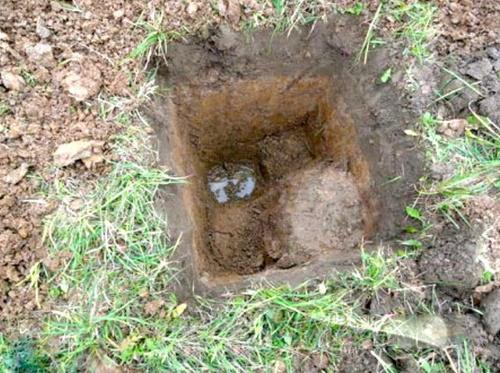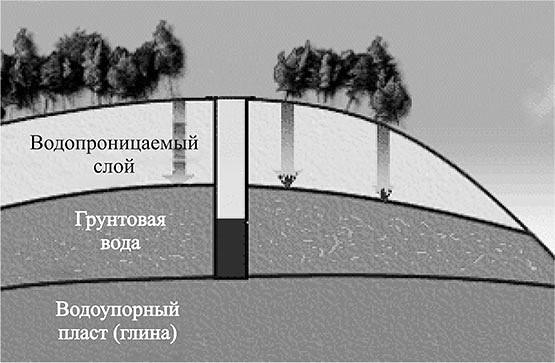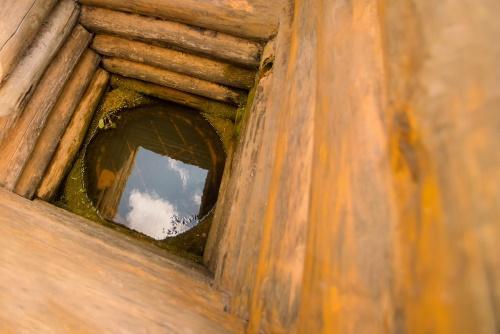How to find out the groundwater level at the site and when it is better to do it
 Water for a summer cottage is an important and paramount requirement. Without moisture, it is impossible to grow garden crops or admire flowers. However, if there is too much water, this poses a threat to both the hosts and the flora. And above all, this applies to groundwater. The problem is that at first glance, it is impossible to determine their dangerous proximity. A dry plot bought in the summer can "float" in the spring. Approaching the soil surface, water floods not only basements. Trees, shrubs and even garden crops with so much moisture simply cannot survive. To plan the construction of a house, basement, or planting vegetation, it is important to determine how close the groundwater is. How to find out the groundwater level at the site and what do they represent?
Water for a summer cottage is an important and paramount requirement. Without moisture, it is impossible to grow garden crops or admire flowers. However, if there is too much water, this poses a threat to both the hosts and the flora. And above all, this applies to groundwater. The problem is that at first glance, it is impossible to determine their dangerous proximity. A dry plot bought in the summer can "float" in the spring. Approaching the soil surface, water floods not only basements. Trees, shrubs and even garden crops with so much moisture simply cannot survive. To plan the construction of a house, basement, or planting vegetation, it is important to determine how close the groundwater is. How to find out the groundwater level at the site and what do they represent?
What is groundwater?

The level itself is a variable quantity. It depends on natural precipitation as well as on air temperature. The maximum rise of waters occurs twice during the year: after the spring melting of snow and autumn rains.
The time for determining the GW level depends on specific goals:
- for the construction of residential and utility premises, this must be done in spring or rainy autumn, when the water rises as much as possible;
- for arrangement wells it is better to check in the summer - the presence of water at a low level guarantees a constant supply.
How to find out the groundwater level at the site?
Calling a team of surveyors will allow you to find out as accurately as possible how close the water is. However, their services are not cheap, so more affordable methods are often used. A good result is given by the following:
- Checking wells (if any). The higher the water in the well, the closer it will be to the soil surface.

- Drilling of test wells. They need to be done in different parts of the site using a garden drill. The depth of the well is about 2 m. If the bottom remains dry, then there is nothing to worry about.

You can also determine the excessive humidity of the site by observation. So, this is evidenced by the absence of anthills, but a large number of mosquitoes, slugs and frogs. And according to the available vegetation, they even determine how close the water is. The presence of wormwood indicates that the water is at least 5 m, alder - 3 m, willow - 1 m.